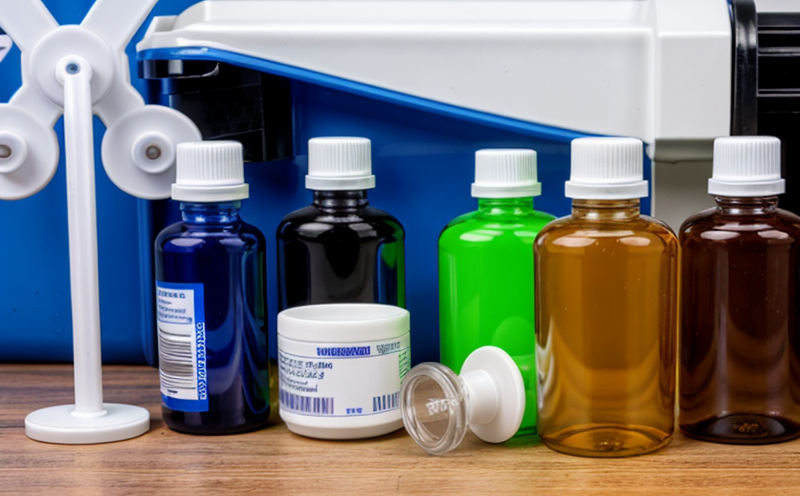EN 16204 Mercury in Medical Waste
The European standard EN 16204 sets out detailed procedures and requirements for determining the presence of mercury (Hg) in medical waste. This is a critical aspect of environmental protection, especially given the toxicity and persistence of mercury in the environment.
Mercury can be found in various forms within medical waste, including amalgam used in dental care, pharmaceuticals, and laboratory reagents. The standard ensures that waste management practices are effective in minimizing the release of mercury into the environment, thereby protecting human health and ecosystems.
The test method described in EN 16204 involves several steps to ensure accurate results:
- Sampling: Representative samples are taken from medical waste streams using appropriate containers.
- Precipitation: Mercury is precipitated out of the sample solution for easier analysis.
- Digestion: The precipitate is digested in a strong acid to convert all forms of mercury into ionic species.
- Measurement: The concentration of mercury is measured using atomic absorption spectrometry (AAS).
The standard provides detailed acceptance criteria, specifying the allowable limits for mercury content based on waste type and intended disposal method. This ensures that medical waste can be safely handled and disposed of without posing a risk to public health or the environment.
Our laboratory adheres strictly to EN 16204 guidelines, ensuring accurate and reliable results for our clients. We employ state-of-the-art equipment and highly qualified personnel to conduct these tests. Our services are designed to help your organization comply with regulatory requirements and improve environmental performance.
The importance of this standard cannot be overstated, especially in light of increasing global awareness about the dangers of mercury pollution. By adhering to EN 16204, organizations can contribute significantly to reducing their ecological footprint and ensuring sustainable waste management practices.
Industry Applications
| Industry | Application |
|---|---|
| Dental Practices | Evaluation of mercury released from dental amalgam waste. |
| Hospitals and Clinics | Assessment of pharmaceutical waste containing mercury compounds. |
| Laboratories | Determination of mercury levels in reagents used for analytical purposes. |
| Pharmaceutical Manufacturing | Monitoring of waste streams from production processes involving mercury-containing products. |
| Waste Management Companies | Verification of compliance with regulatory limits on mercury in mixed medical waste. |
| Research Institutions | Supporting research into the environmental impact of mercury from various sources. |
The data provided in this table highlights the diverse applications of EN 16204 across multiple sectors. By ensuring accurate and consistent measurements, our laboratory can help these organizations meet regulatory requirements and improve their environmental practices.
International Acceptance and Recognition
The international community has recognized the importance of standards like EN 16204 in managing hazardous waste materials such as mercury. This standard is widely accepted across Europe, with many countries adopting it as part of their national regulations.
According to ISO (International Organization for Standardization) and IEC (International Electrotechnical Commission), adherence to EN 16204 ensures that results are comparable and consistent across borders. This is particularly important in the context of global trade, where consistency in testing protocols can facilitate smoother international transactions.
By participating in initiatives like ISO and IEC, European standards organizations contribute significantly to the harmonization of technical regulations worldwide. This not only promotes fair competition but also enhances public safety by ensuring that products meet the same rigorous quality standards wherever they are produced or sold.
Competitive Advantage and Market Impact
Compliance with EN 16204 can provide significant competitive advantages for organizations operating in the medical and pharmaceutical sectors. By demonstrating a commitment to environmental responsibility, companies can enhance their reputation among consumers who prioritize sustainability.
In addition, adherence to this standard may also open up new markets or opportunities for collaboration with international partners. As more countries adopt similar regulations, compliance becomes a prerequisite for doing business in these regions.
The implementation of EN 16204 within your organization can lead to improved operational efficiency by identifying and addressing potential sources of mercury contamination early on. This proactive approach not only reduces costs associated with remediation efforts but also minimizes legal risks related to non-compliance.





